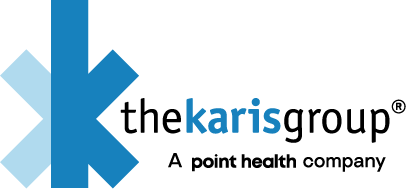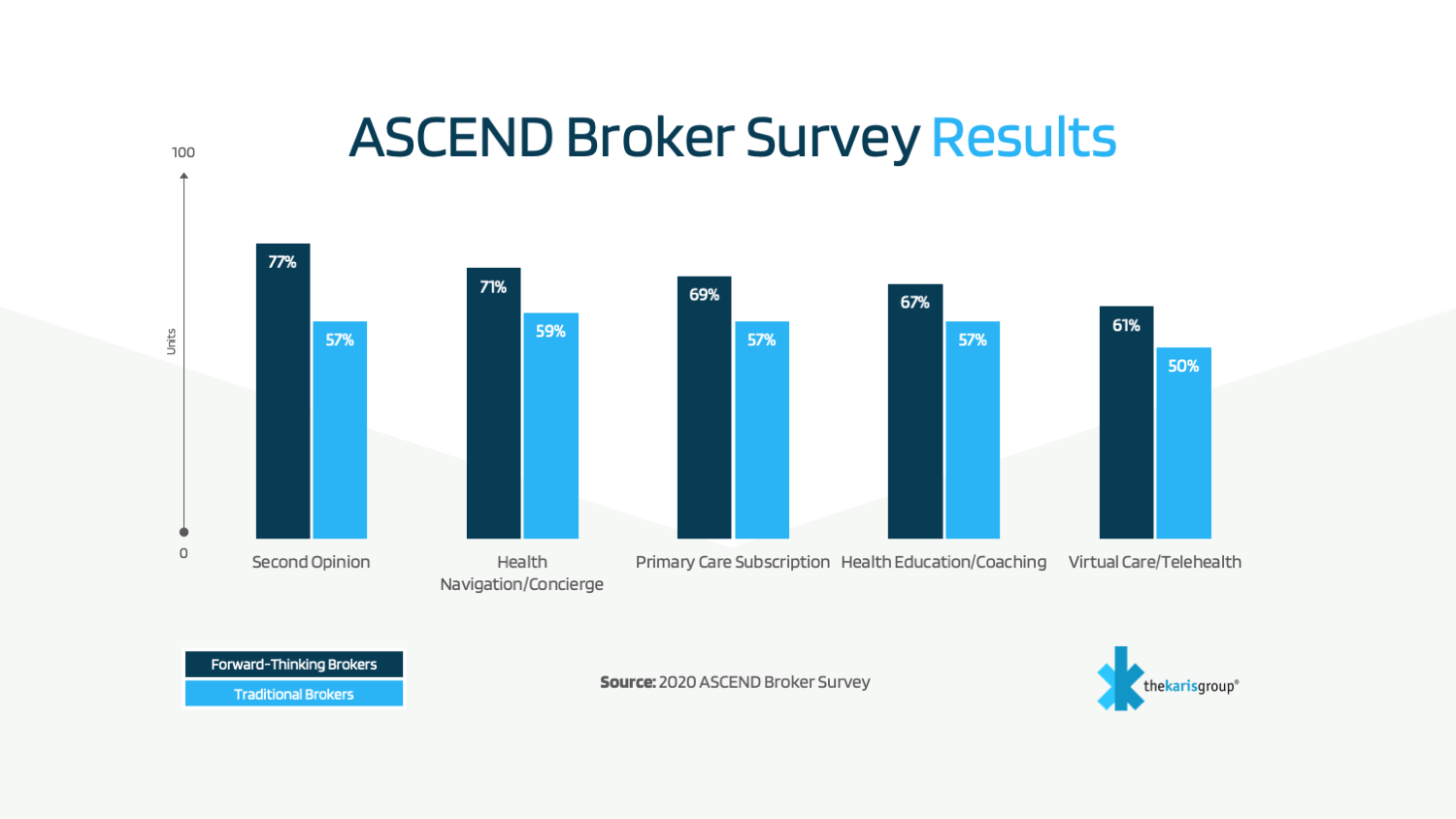For as long as any of us can remember, the natural thing to do when the flu or a nasty cold hits is to go visit a doctor or get checked at a hospital.
However, according to a CNBC report, today, the majority of the population delays seeking out medical care due to the high price tag that comes along with it.
With this in mind, let's take a closer look at why healthcare is often a luxury for millions of Americans.
How Much Do Americans Spend on Healthcare?
The average working-class American will tell you that living expenses aren't cheap, especially their healthcare. From prescription medication to hospital bills, the high prices of healthcare services are a tough pill to swallow for most of the population. A report from the Centers for Medicare and Medicaid Services shows that the average amount for healthcare spending is $11,172 per person — an amount that's one-third of the income per capita of $33,706. So what healthcare services are the average Americans allocating their money to?
General check-ups can cost hundreds. Spending on prescription medication can rack up to over $20,000 a year. If you find yourself in a medical emergency, a visit to the hospital ER could cost you tens of thousands of dollars. The average American shells out anywhere from $7,188 for single coverage and $20,576 for family coverage according to a recent Kaiser Family Foundation study. These numbers are outrageous, and they’re only expected to climb from here.
Why Are Healthcare Prices so High?
One of the biggest contributors to the country's expensive healthcare system is the administrative costs. A study published in the Annals of Internal Medicine Journal points out that administrative costs alone take up 34% of total healthcare payments. Moreover, America's administrative costs are higher than any other country's — they amount to $2,497 per person in the U.S., but only $551 in Canada.
Another factor increasing the cost of healthcare is the decreasing amount of healthcare professionals. An issue so prominent, that even Congress has tried to find solutions with little success. A recent study by the Association of American Medical Colleges revealed that the country will experience a shortage in primary care physicians of up to 122,000 physicians by 2032, which will have the greatest impact in rural and inner-city communities.
The shortage of healthcare professionals will lead to longer waiting times and increased healthcare expenses for patients.
Healthcare costs are also being driven up by the astronomical prices of prescription medication. A vial of insulin is priced at $320 per vial in America, but just $30 in Canada. Unlike other countries, national health programs don't get to decide drug prices, instead, Congress lets pharmaceutical companies dictate the costs — which often leads to them choosing what's in the best interest for the company, not the patient.
Despite the extremely high prices of healthcare services, studies have shown that America has one of the worst healthcare systems among developed countries. Not only are we paying a higher price, but we’re also not receiving the best care.
These unaffordable costs and less than stellar results outlined above have disincentivized the average American from seeking medical care, only exacerbating the problems. This is why we are committed to improving the patient’s experience and educating our members to become engaged healthcare consumers so next time they or a loved one pick up that nasty cold, they’ll know where to turn and how to receive the care needed at an affordable price.
If you are struggling with the impact that the rising cost of healthcare is having on your company, watch our recent webinar on practical cost-containment strategies to help reduce costs or contact us to find out how we can help!




.jpg)
